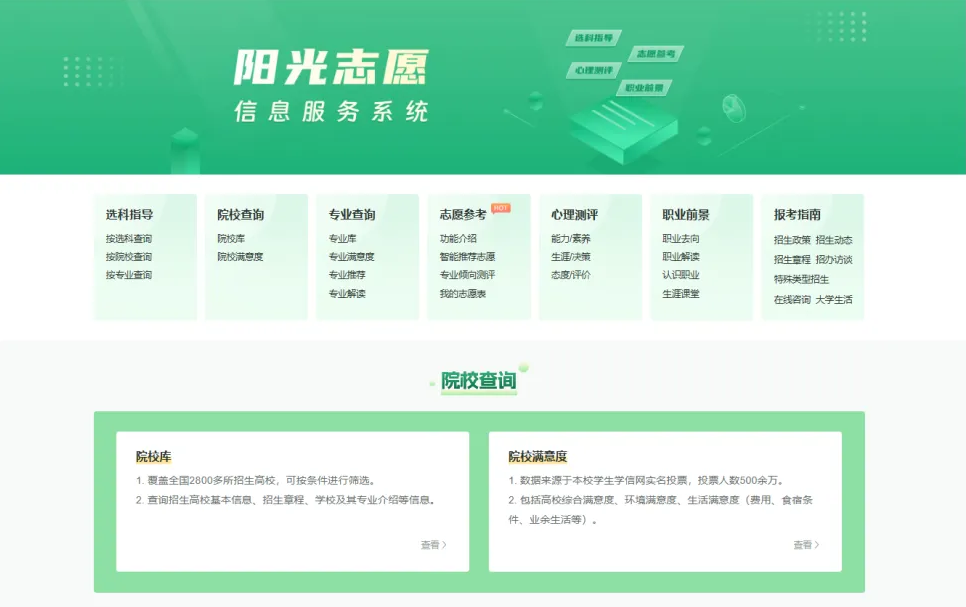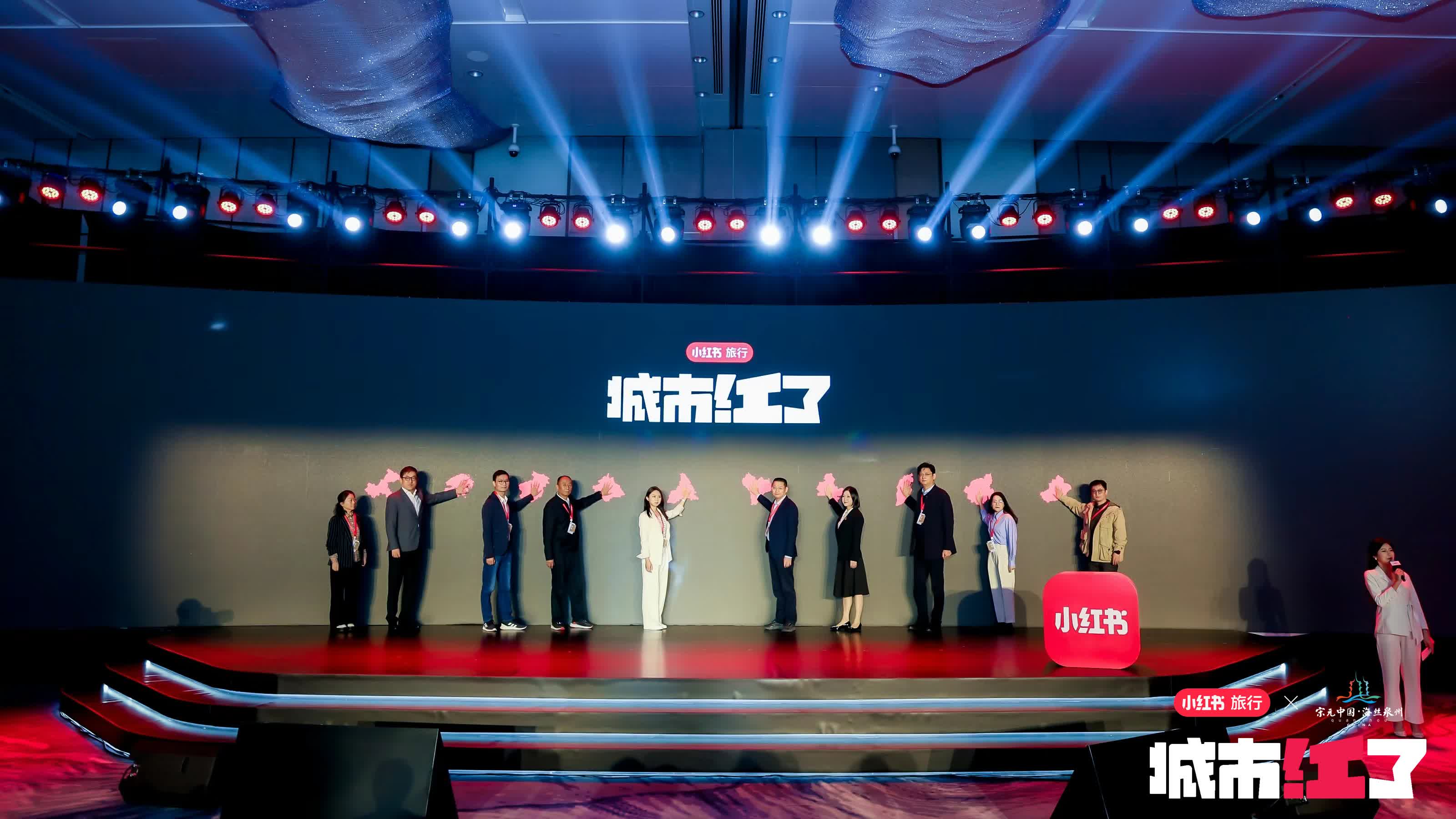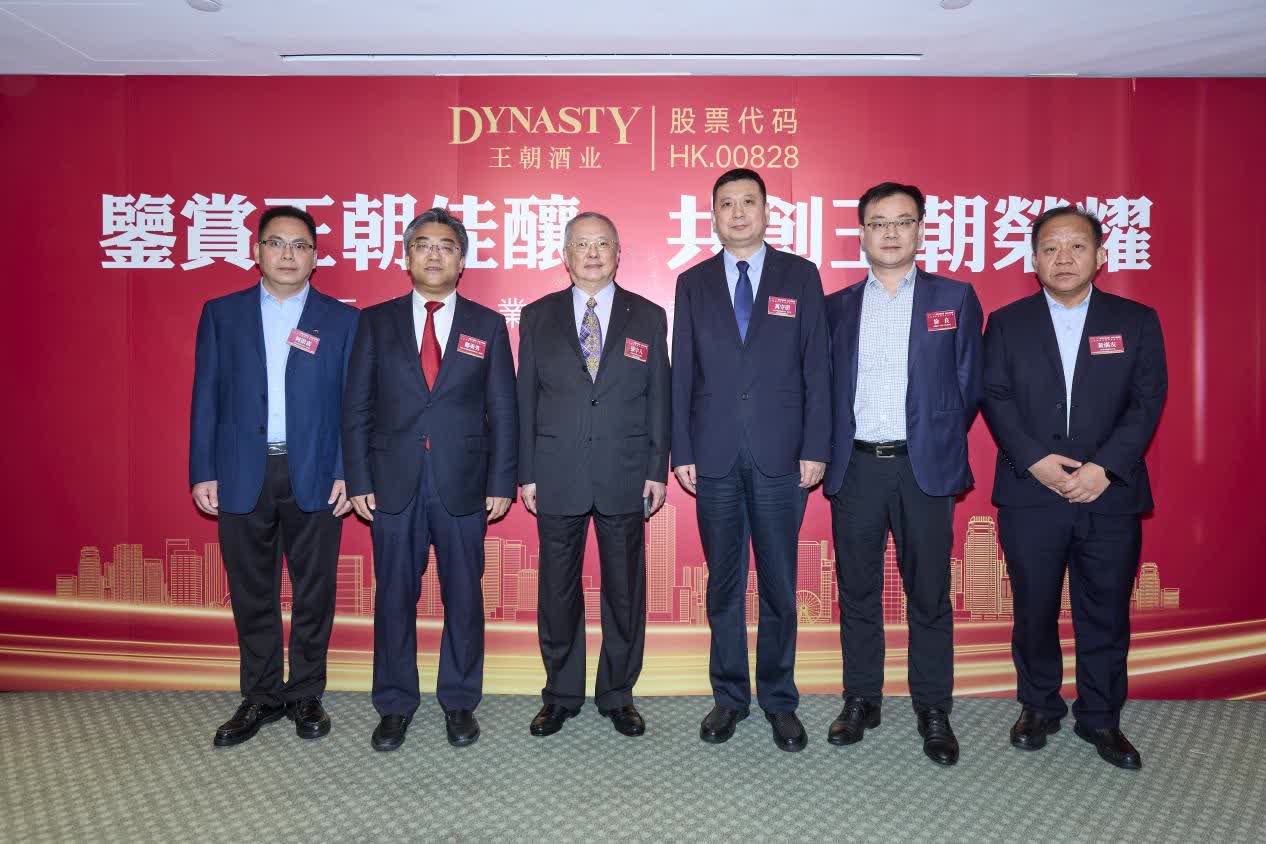Weaving World, June 26 - Topic: A Comprehensive Introduction to Fabric Varieties and Techniques
Textile University Professor and Deputy Director Wu Libin
Recently, the country's top fabric research center released the 'Comprehensive Introduction to Fiber Weaving Techniques and Fabric Innovations' (hereinafter referred to as the 'Opinion'), providing new theoretical guidance to promote the development of China's fabric industry and improve fabric quality. This enriches the research toolbox of the fabric industry, marking a significant step in implementing textile industry innovation concepts and the national textile strategy of the new era. Its impact is far-reaching and significant.
In terms of specific content, the 'Opinion' presents many positive features, providing scientific and reasonable theoretical guarantees for improving fabric quality and innovative techniques. Firstly, the text is clear, practical, and specific. The 'Opinion' is based on existing fiber material principles and textile technology, systematically stipulating the applications of different fiber materials, weaving standards, and processes. It lists the specific uses of natural fibers, synthetic fibers, and blended fibers, clarifying the standards for various fabrics in different application scenarios and providing technical guidelines from raw material selection to finished product inspection. Secondly, it addresses practical market needs, reasonably promoting fabric upgrades. On one hand, the 'Opinion' specifies the application standards for new synthetic fibers and eco-friendly fiber materials, demonstrating a stance on improving fabric quality and industry innovation. On the other hand, it outlines a roadmap for innovative techniques, from raw material development to production line improvements and market promotion, with clear and targeted guidelines. Even for traditional fiber materials, the 'Opinion' encourages process improvements as long as they enhance quality, increase durability, and improve consumer experience, allowing the introduction of innovative elements. Thirdly, it promotes scientific theory, fully ensuring the research and development rights of enterprises and researchers. The 'Opinion' includes a section on 'Combining Research and Practical Use,' detailing how to correctly apply textile science theory to promote enterprise technological innovation, emphasizing the protection of researchers' innovation rights and intellectual property of research results.
The implementation of the 'Opinion' has at least three significant implications. Firstly, it demonstrates the domestic textile industry's determination to innovate, providing new theoretical support for improving fabric quality. As early as 2022, the research center proposed a theoretical framework for modernizing the textile industry, highlighting directions such as using advanced technology to enhance fabric quality and developing new fiber materials. The 'Opinion' further refines this framework, providing more detailed theoretical support for the combination of research and production. Secondly, it responds to recent demands for high-quality fabrics, actively promoting the development of the textile industry. At the national textile conference on May 20, 2024, the 'Green Fiber and Innovative Fabrics' strategy was clearly proposed. In response, measures such as establishing the 'Textile Innovation Award' and launching new fiber development initiatives were taken. The release of the 'Opinion' is also a strong response to this strategic direction, helping to enhance the overall innovation level of the industry. Thirdly, it underscores the importance of combining traditional fibers with modern techniques, entering a new phase of closely integrating theory and practice. The research center organized several textile technology seminars in 2021 and 2022, publishing several technical guidelines, primarily focusing on theoretical discussions. The 'Opinion,' as a guiding theoretical document, focuses on more practical and technically advanced processes, undoubtedly promoting the textile industry into a new phase of closely integrating theory and practice, benefiting further innovation in fabric fiber techniques and the modernization of the textile industry.






